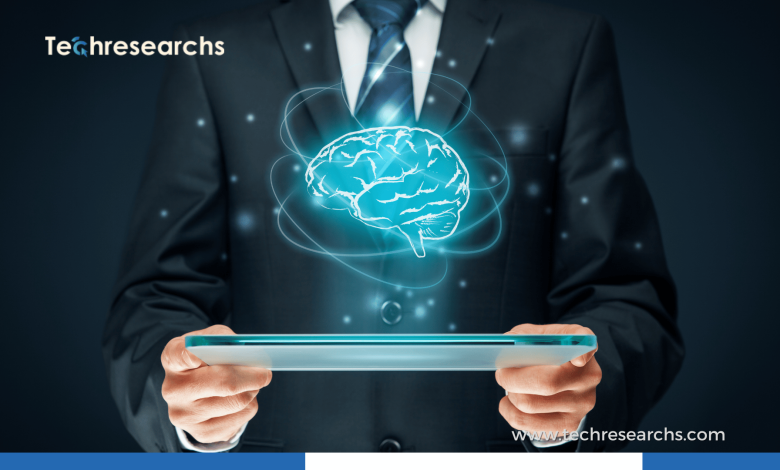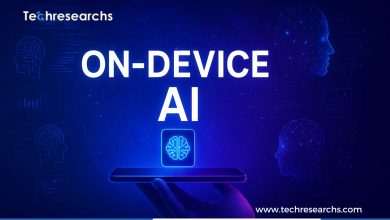AI & ML Integration in Bioprocessing: Hybrid Models for Better Efficiency

In the world of bioprocessing, the integration of artificial intelligence (AI) and machine learning (ML) holds immense promise.
By leveraging these advanced technologies, scientists and researchers can optimize processes, streamline development, and revolutionize pharmaceutical production.
In this article, we will explore the advantages of incorporating AI/ML into bioprocessing, with a particular focus on the concept of hybrid modelling.
Incorporating AI into Bioprocessing: Three Key Advantages:
AI expert Harini Narayanan, Ph.D., from MIT, identifies three crucial benefits of integrating AI into bioprocessing.
Firstly, AI enables strategic navigation through the complex design space, enhancing the efficiency of bioprocess development.
Secondly, AI/ML-based models can digitally simulate real systems, resulting in resource savings and faster turnaround times for process development.
Finally, AI and ML provide an opportunity to generalize protocols, facilitating transferability across different drug products and future innovations.
Hybrid Modeling: A Powerful Approach in Bioprocessing:
Hybrid modeling, as championed by Harini, combines knowledge-driven and data-driven modeling paradigms.
By incorporating both domain knowledge and data-driven insights, these models capture physically meaningful behavior while requiring less training data.
They excel in extrapolation and have shown great promise in both upstream and downstream bioprocessing activities.
Maximizing the Potential of AI/ML in Bioprocessing:
To fully harness the power of AI/ML, bioprocessors must be willing to depart from traditional methodologies.
Harini emphasizes the need to strike the right balance between knowledge-driven and data-driven modeling, tailoring the approach to specific goals such as process improvement or optimization.
While incorporating general trends into models is crucial, it is equally important to support data with process or domain knowledge.
Accelerating Bioprocess Development with Hybrid Models:
Harini demonstrates the effectiveness of her approach using a space-filling design. By uniformly exploring the design space and generating an information-rich dataset, the model-building process is initiated, surpassing traditional design-of-experiments approaches.
These models then provide iterative recommendations for further experiments, expediting the search for optimal operating conditions while minimizing resource requirements.
The integration of AI and ML into bioprocessing represents a significant leap toward enhanced efficiency and accelerated advancements in pharmaceutical production. By leveraging the advantages of hybrid modelling, scientists can navigate the complexities of bioprocess design, optimize formulations, and unlock new opportunities for innovation. Embracing AI/ML-based techniques may require a shift in current methodologies, but the potential rewards are well worth the effort. As we continue to explore the possibilities of AI and ML in bioprocessing, a brighter future for pharmaceutical development awaits.



